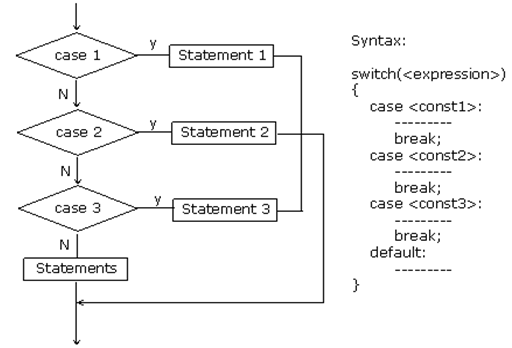

$result = true ? "True" : "False" // The ternary reads as follows For the execution block we specify the fallback behavior and break out of the switch. It’s the switch statement’s version of an else clause. We can specify a fallback case if none of the other cases match. Note The switch statement evaluates with loose comparisons (=). Lesson because they are used with both conditional and looping control flow. We will look at control statements after loops in the Control Statements

#Php switch case with or condition code
We’re telling the interpreter that we found what we were looking for so it should stop executing the switch and move on to code outside and below it. In this case we simply echo the value ofĬontrol statement to break out of the switch. If $num = 1, then do what comes after the colon operatorįollowing the colon operator, we provide the execution statements. Keyword, followed by the comparison value and a colon. Then we define scope for the evaluations with open and close curly braces.In this case we want to check if something matches the value of Then in parentheses, we write the value that we want to compare to other values.In code it would look something like the following. If the user’s email and password is correct, let them through to the member area.Check the user’s email address and password against the database.The login process would be handled by the following (simplified) logic: After registering, the user may log into their personal administration area and perform certain tasks. PHP allow us to control the flow of our application by evaluating conditional expressions and executing sections of code based on the result.Īs an example, let’s consider an application that allows a userbase. The ternary operator as shorthand for if.
#Php switch case with or condition how to


 0 kommentar(er)
0 kommentar(er)
